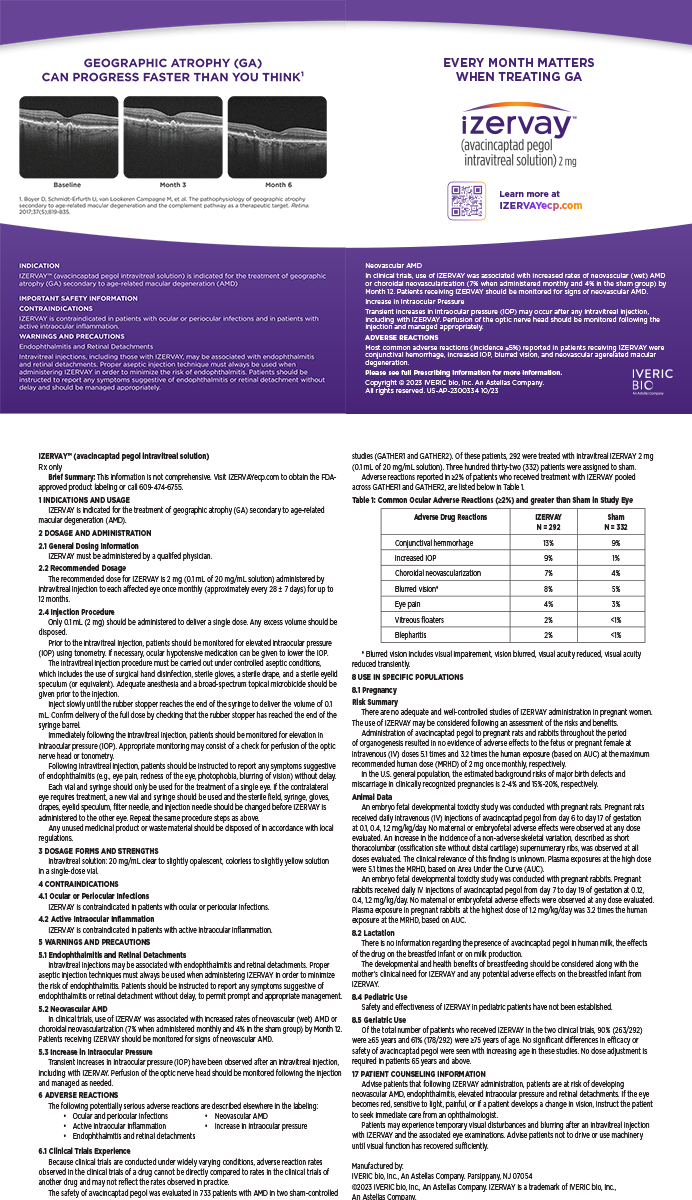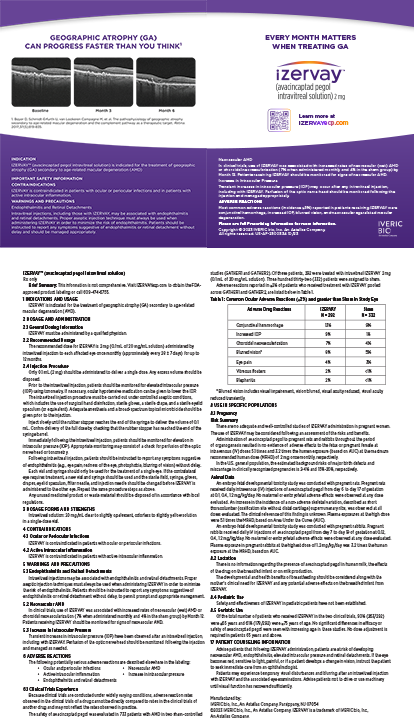As the CEO of one of the largest eye care delivery systems in the US for 14 years, I have a great deal of experience with the business side of introducing new ophthalmic technologies. When the clinical trials of the Visian ICL (STAAR Surgical Company, Monrovia, CA) began, one of the initial study sites was Barnet Dulaney Perkins Eye Centers in Phoenix. Our experience with the lens was so positive that, when it was approved by the FDA in January 2006, we fully expected a storm of demand from patients. We did not receive the interest we expected, however (Figure 1). We decided that the problem must lie with how we were presenting the technology, so we began to evaluate the barriers to the ICL's entry. This article shares what we learned and the implications of those findings for LASIK practices.
EVALUATING THE BARRIERS
Oh … But
I term one barrier to patients' acceptance of phakic IOLs as the oh … but scenario. Patients presented for a LASIK consultation, underwent a 2-hour examination, learned that they were not candidates for LASIK surgery, and then were told, "Oh, but we have another procedure for you." Casting phakic IOLs as an alternative for poor LASIK candidates is all too common, and this positioning does little to make the modality attractive to patients. Broaching the latter technology in this manner makes the lenses seem second best. This approach also asks patients to alter their expectations, which were only further set on LASIK by the preceding consultation that included no mention of phakic IOLs. Exacerbating this problem is that nearly everyone knows something about LASIK but not about phakic IOLs.
Scheduling
Scheduling patients for phakic IOLs is more difficult than for LASIK. Individuals interested in the Visian ICL, for example, must undergo a retinal evaluation. Next at our practice, they go through a consultation with the surgeon. Then, they are scheduled for a YAG iridotomy and return later for the ICL's implantation, with each eye treated on different days. Patients were often put off by the prospect of so many separate visits. In addition, it is difficult for the staff to schedule all of those different appointments.
Our refractive counselors were also frustrated. They had been focused on LASIK volumes for 15 years. They became annoyed by the challenge of scheduling patients for phakic IOLs and the time it involved as well as the perspective that the these procedures were detracting from their LASIK numbers.
Perceptions of Profitability
During our evaluation of barriers, we found that our staff perceived that implanting phakic IOLs was less profitable than performing LASIK. Trying to determine the profitability generated by the ICLs given the facility fee paid to ambulatory surgery centers (ASCs) was difficult. Moreover, staff members were concerned that the phakic IOLs were diverting money away from the revenue stream provided by LASIK.
BREAKING DOWN THE BARRIERS
Upfront Presentation
Our first step was to begin introducing patients to the option of a phakic IOL from the start of their interaction with our practice—our advertisements. Because these individuals were unlikely to know what a phakic IOL was, however, we used a phrase that was more accessible: a lens-based solution that provides premium vision. We stressed that the procedure was not only for people who were not candidates for LASIK.
In addition, we instructed our refractive counselors to include a discussion of the Visian ICL in their conversations with potential patients. When an interested party calls to inquire about LASIK, our counselors say that they are very interested in discussing the procedure with them but also emphasize that our clinic is one of the few in the area to offer other refractive options as well. Our counselors explain to patients that, during their evaluation, they will be introduced to a variety of premium solutions.
Finally, we stocked our waiting room with literature on LASIK and the Visian ICL and installed educational software (Eyemaginations, Inc., Towson, MD) on both modalities.
Streamlined Scheduling
For practices that must refer patients to an outside retina clinic, I would suggest determining how to streamline the process.
We stopped separating the YAG laser iridotomy from the ICL surgery. Now, patients are treated with a surgical iridectomy at the time they undergo the ICL implantation procedure. Some of our surgeons treat both eyes. Others prefer to treat one eye and have the patient return for the second surgery. We have found, however, that patients prefer bilateral surgery. Regardless, combining the iridectomy and ICL procedure makes the entire process more efficient.
We also educated our counselors to stop counting "LASIK numbers" and worked to have them focus on our "total refractive procedures," thereby making them and the rest of our staff just as excited about phakic IOLs as LASIK.
Business Model
To get a clear financial picture of our refractive business, we gathered all of our revenue and expenses associated with refractive surgery into one business enterprise with the exception of surgeons' fees. Advertising, preoperative evaluations, surgery, postoperative care—all are a part of this enterprise. Because the owners of the refractive business and the ASC are the same, we decided that paying facility fees was useless. Instead, we pooled all of the money and began paying the ASC only for time and materials, because the remaining overhead and throughput were a part of the refractive business. For practices that do not own an ASC, an in-office suite is an option. If neither is feasible, then I strongly suggest negotiating with an ASC. In exchange for bringing your cataract surgeries to the ASC, it is reasonable to ask to pay for only time and materials for your ICL procedures. In fact, I shopped several ASCs with the aforementioned offer and received positive responses.
Of course, not all practices can realistically reorganize their financial structure. In that case, I recommend creating a spreadsheet that breaks down their refractive business in one section. This consolidates all of the practice's revenue and expenses associated with refractive surgery to provide an analysis of the business. This evaluation should supply a clear picture of the practice's refractive operations, including laser-related costs, maintenance fees, royalties, advertising, staffing costs, etc. The information will depict the practice's operating margins and show how altering the price or volume of LASIK and phakic IOL procedures would affect the bottom line.
Based on our analysis, we determined that the price point for phakic IOLs needs to be within $500 to $1,000 of our most expensive LASIK procedure so that we do not price ourselves out of the market.
DIFFERENTIATION
At Barnet Dulaney Perkins Eye Centers, we have a 10-year history with the Visian ICL. Our surgeons have implanted more than 563 of the lenses, 350 since their approval by the FDA. After breaking down the barriers to offering this phakic IOL, the volume of our ICL procedures increased immediately. In addition, we found that offering a phakic IOL improves our profitability and differentiates our practice from what I would term mall LASIK centers.
We currently have a significant number of patients coming in asking for the Visian ICL. In summary, the implementation of phakic IOLs has created unprecedented patient satisfaction and outcomes as well as a strong contribution to the gross margins of our practice.
Mark Rosenberg is the CEO of the Barnet Dulaney Perkins Eye Center in Phoenix. Mr. Rosenberg may be reached at (602) 508-4808; mrosenberg@bdpec.com.


